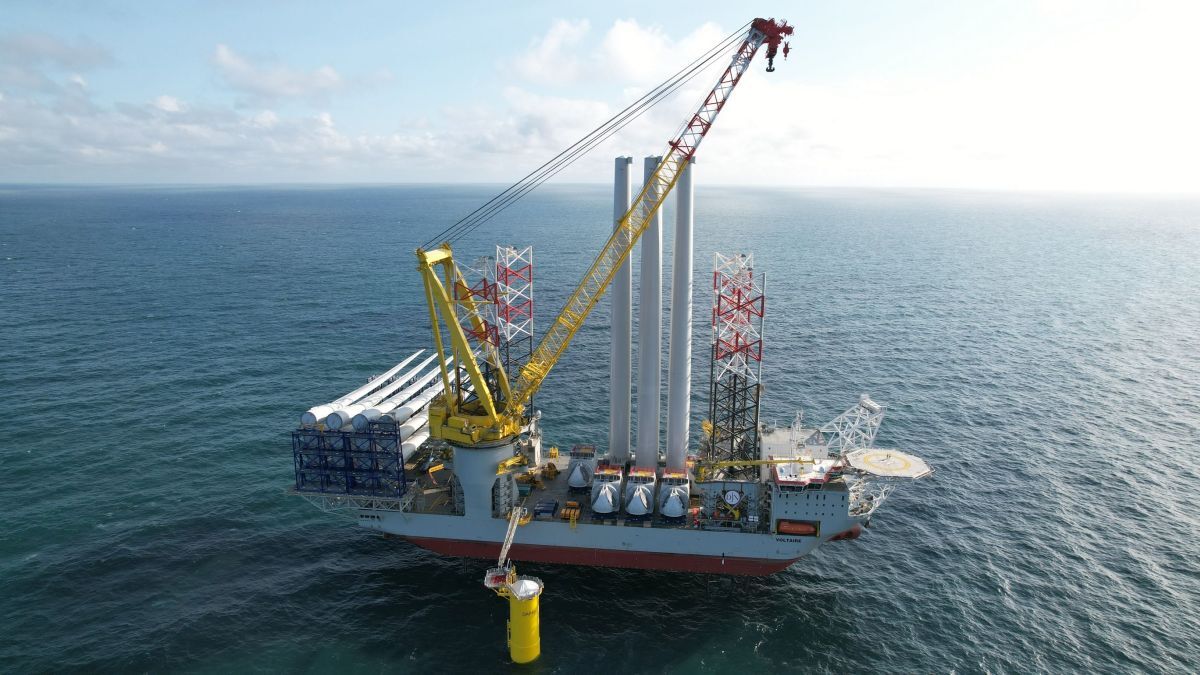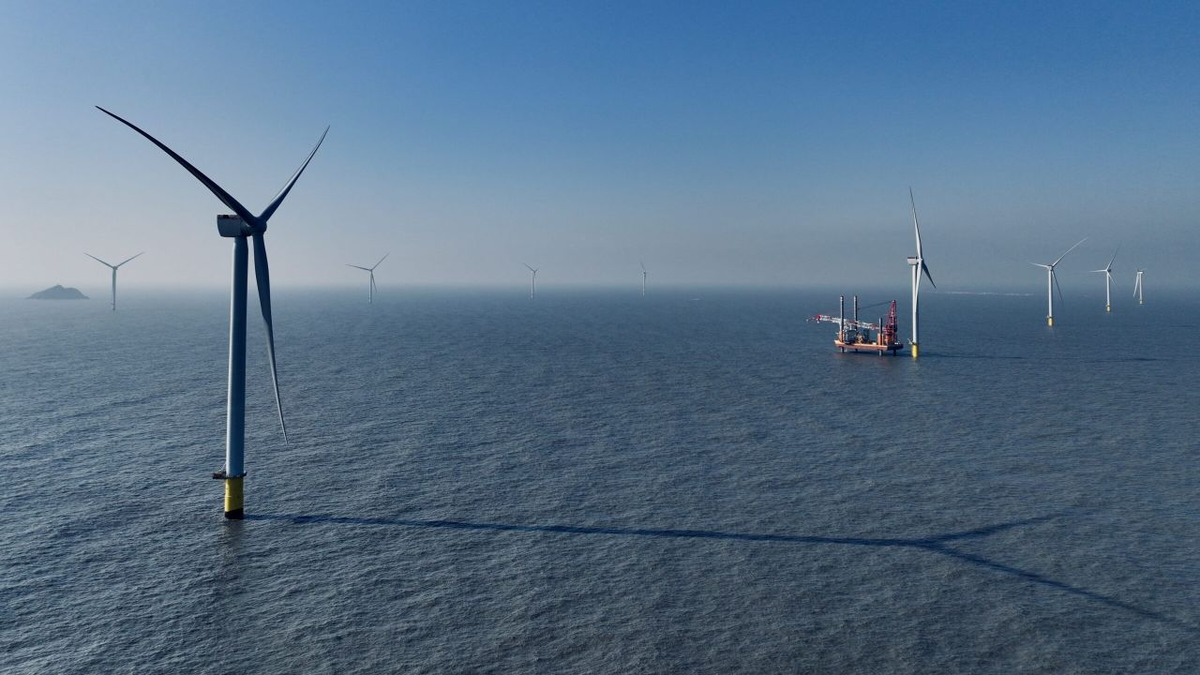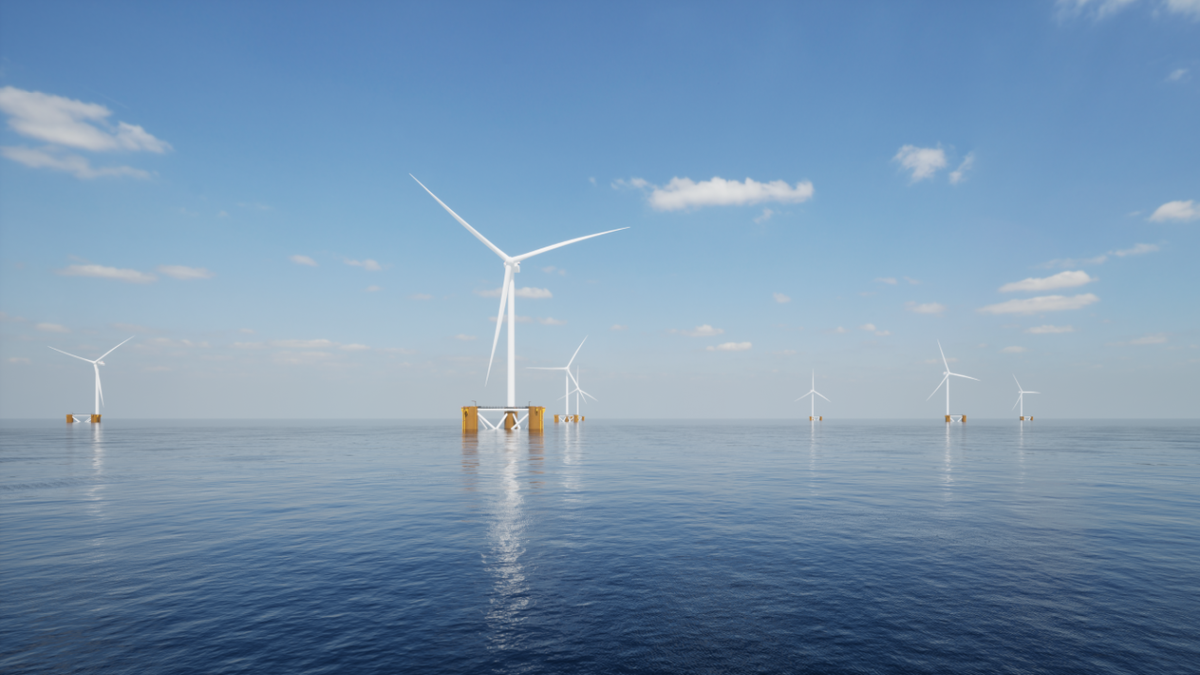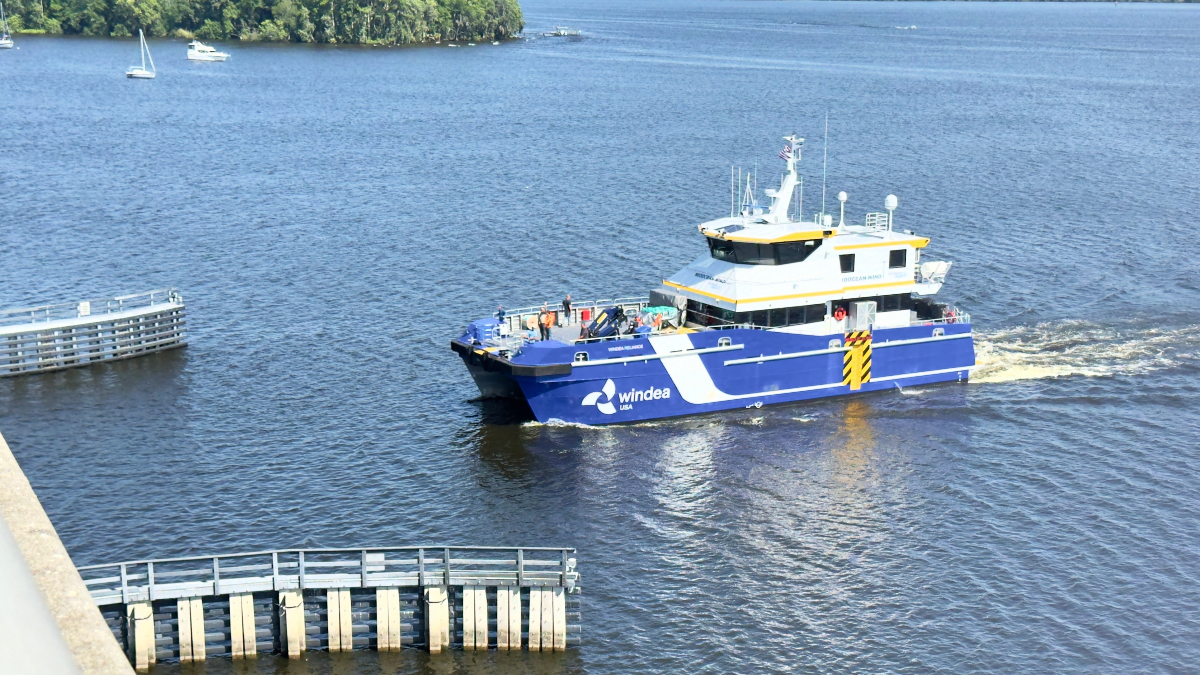Business Sectors
Contents
Register to read more articles.
Three weeks left to get UK offshore wind capacity back on track
The UK is currently ‘off track’ to meet its offshore wind target, but there is still a chance to ‘correct course,’ according to a new report from Ember, which has added its weight to calls for auction budgets to be significantly increased
In 2019, the UK Conservative government set a target for 50 GW of offshore wind by 2030, including up to 5 GW of floating offshore wind. The new Labour government has signalled a desire to increase this to 55 GW, plus 5 GW of floating wind, but there is a large gap in delivering that by the end of the decade and the new government only has until 1 August 2024 to set a higher budget for this year’s Contract for Difference (CFD) Allocation Round 6 (AR6).
“The CfD mechanism itself can largely deliver the offshore wind capacity needed to reach the UK’s 2030 target without radical redesign, however, getting the next two auctions right will be critical,” said Ember.
“Higher auction budgets, support for the supply chain and moving the focus away from competition and onto delivery are all opportunities to deliver the 2030 target. The stakes are high: the industry needs long-term confidence, and every gigawatt of offshore wind below target means greater exposure to expensive fossil fuel imports.”
The UK has 14.7 GW of installed offshore wind capacity, with another 13.3 GW in construction or committed through secured government support. This leaves a large capacity shortfall of over 20 GW that needs to be delivered by 2030 to meet targets.
The problem is that although the pipeline of potential projects is more than sufficient to meet the target, rapid progress is needed to move potential sites into active project deployment and the next offshore wind auction – AR6 – will fall short without intervention.
“To meet the capacity shortfall, around 10 GW of offshore wind would need to be commissioned from both the 2024 and 2025 CfD auctions. However, only half this total, around 3-5 GW, is projected to be supported through the AR6 auction this year with its current parameters and budget,” said Ember, echoing calls from others for the budget for AR6 to be beefed up to allow more capacity to be awarded.
“The most recent auction round (AR5) was held in 2023, but the maximum strike price on offer was too low to attract any offshore wind bids. Increasing the AR6 budget by just 25% could deliver an additional 1 GW on top of existing expectations and every 1 GW of offshore wind installed would displace annual fossil gas consumption by enough to heat 630M homes.”
Ember believes that, in the longer term, the CfD mechanism needs to evolve, changing focus from competition to moving a large number of sites through development. This could take the form of a single large auction with a preset strike price, or a rolling auction process. Strategic planning to support the sector within the UK can increase the economic benefits of development, such as boosting manufacturing jobs.
Ember UK energy and climate analyst Frankie Mayo said, “The newly-elected Labour government has just three weeks to boost the budget and make the next auction process a success.”
“The fate of the 2030 offshore wind target will likely be revealed in the next 12 months, through the next two wind auctions,” Ember concluded. “As the 2030 offshore target nears, the next two auction rounds become the most important for delivering capacity in time.
“The budget for AR6 needs to be increased to support projects in the queue and there is still an opportunity to do so, as others have called for. An underwhelming result in this 2024 auction could potentially be rectified in a future AR7 auction, but this too would need significantly improved parameters and budgets.”
Sign up for Riviera’s series of technical and operational webinars and conferences:
- Register to attend by visiting our events page.
- Watch recordings from all of our webinars in the webinar library.
Related to this Story
Events
TUGTECHNOLOGY '25
Reefer container market outlook: Trade disruption, demand shifts & the role of technology
Asia Maritime & Offshore Webinar Week 2025
Marine Lubricants Webinar Week 2025
© 2024 Riviera Maritime Media Ltd.














